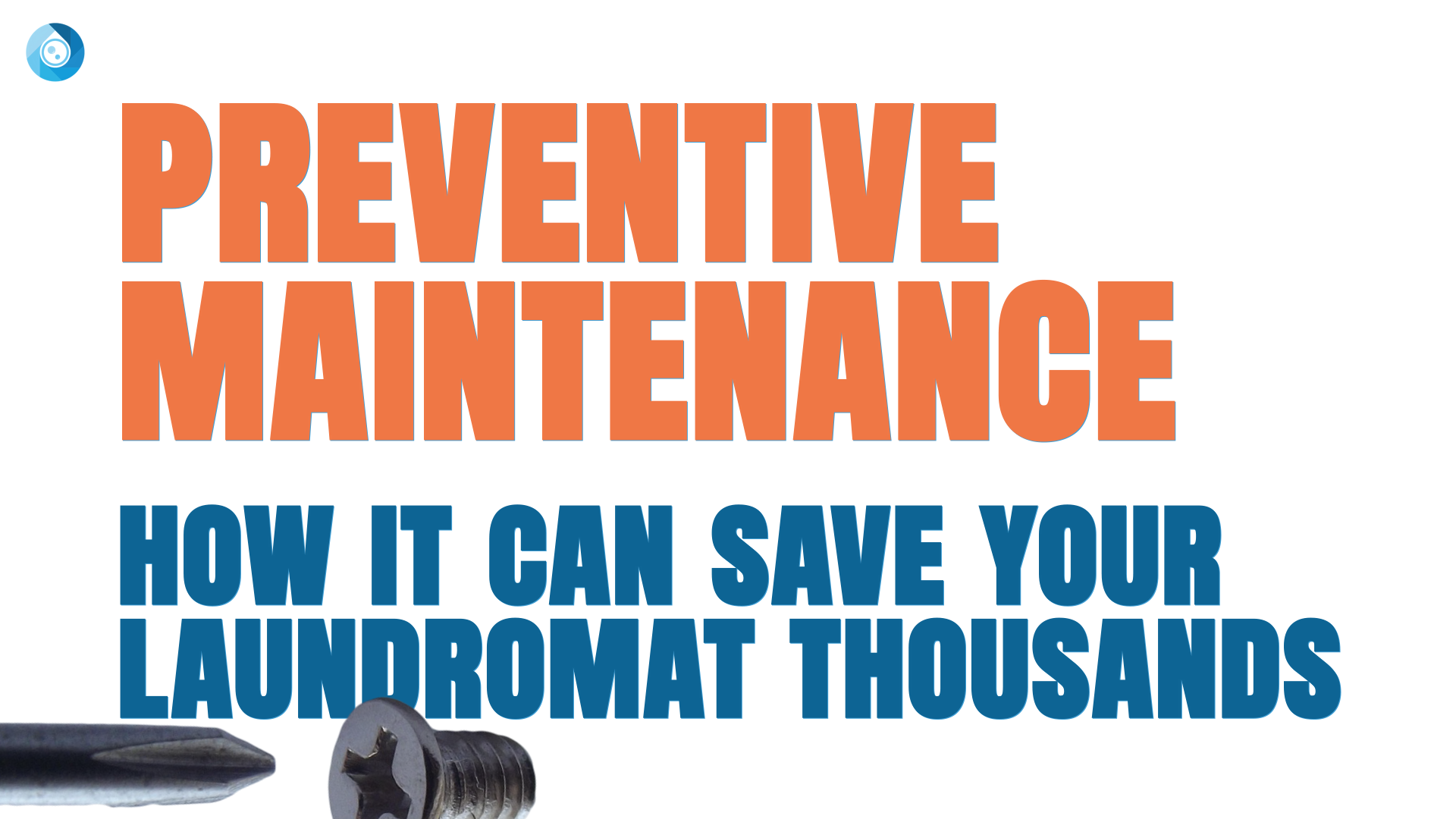The Importance of Preventative Maintenance
One of the most impactful lessons from Nick Fusilli’s interview is the emphasis on preventative maintenance. Regular maintenance not only prolongs the life of machines but also reduces repair costs significantly. Nick explains how well-maintained laundromats have lower repair costs, irrespective of the machine’s age.
Action Steps:
- Develop a Maintenance Schedule: Create a detailed maintenance guide for staff, delineating daily, weekly, and monthly tasks. This should include cleaning dryers and checking gaskets.
- Hire Professionals for Annual Checks: Get plumbing flushed and vents cleaned annually. It might seem like an additional cost but significantly lowers the risk of major repairs.
- Educate Staff: Train employees on basic maintenance tasks and why they matter, so they understand the impact of their work on operational efficiency and cost savings.
Utilizing Data and Inspection for Machine Longevity
Nick covers how using data to understand machine usage can be crucial in making informed decisions on when to repair or replace machines. Laundromat owners can significantly benefit from implementing systems that provide insights into the operational health of their equipment.
Action Steps:
Leverage Card Systems for Data: If possible, switch to card systems to track usage data. This allows for better insight into machine wear and tear.
Regular Inspections: Conduct regular inspections using a checklist inspired by Nick’s practices. Consider hiring experts like Nick’s company to do an initial assessment pre-purchase to ensure transparency and avoid entering acquisitions blindly.
- Utilize Software for Monitoring: Adopt CRM or software solutions that track maintenance history and provide alerts for routine checks or potential issues.
The Economic Impact of Repair Logistics
Nick discusses the broader economic implications of repair logistics, offering insights into how important it is to not only invest in timely repairs but to understand the economic model behind it. The relationship between repair time and business profitability is emphasized—quicker repairs mean less downtime and more revenue.
Action Steps:
- Quick Repair Turnaround: Establish partnerships with service providers, ensuring prompt service. As Nick suggests, aim for a 72-hour repair window for non-critical issues and same-day service for emergencies.
Stock Spare Parts: Keep frequently used parts in stock on your premises to allow immediate repairs on common issues.
Evaluate Cost vs. Down-Time: Understand the cost of having machines down and integrate that into your decision-making, focusing not just on repair costs but the potential revenue lost from prolonged downtimes.
Informed Decision Making for Equipment Lifespan
Nick explains the typical lifespan of laundromat machines and when it becomes more cost-effective to replace rather than repair. Understanding this lifecycle can save money in the long term and help in planning capital expenditures.
Action Steps:
Monitor Machine Age and Usage: Create a schedule or database that logs the age and repair history of each machine to project lifespans accurately.
- Set Accrual Funds for Replacement: Allocate a portion of revenue towards machine replacement and major repairs. Nick suggests setting a repair accrual of 10% of revenue.
- Engage in Market Comparison: Regularly compare the effectiveness of your current machines with available options, considering newer models’ utility savings and reliability.
Advocating for Industry Innovation
Nick’s experiences highlight a gap in the market for dedicated laundry repair services and innovative solutions that support laundromat owners. His approach to utilizing technology and customer service in repair logistics sets a benchmark for the industry.
Action Steps:
Network with Industry Leaders: Engage with industry forums, podcasts, and trade shows to stay abreast of new technologies and practices.
- Push for Professional Standards: Advocate for innovations that could streamline laundromat operations, like software solutions mentioned by Nick, improving the overall industry standards.
- Collaborate with Manufacturers: Work with equipment manufacturers to provide feedback on product durability and repairability, encouraging designs that are cost-effective and user-friendly.
By implementing these actionable steps, laundromat owners can not only reduce downtime and repair costs but enhance overall business efficiency, leading to increased profitability and customer satisfaction. These lessons from Nick Fusilli underscore the criticality of proactive measures in navigating the complexities of the laundromat business.
